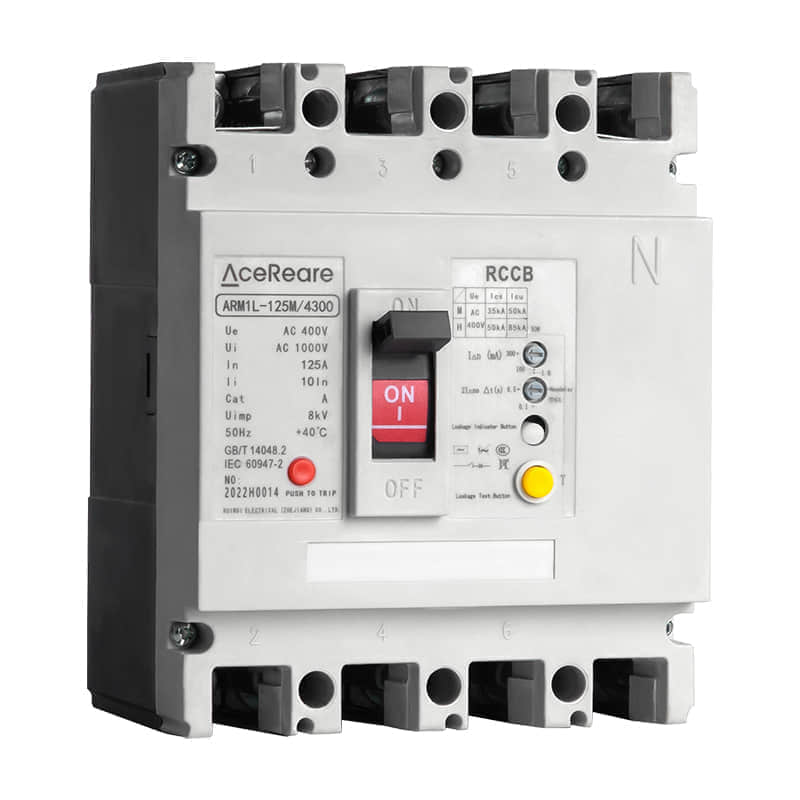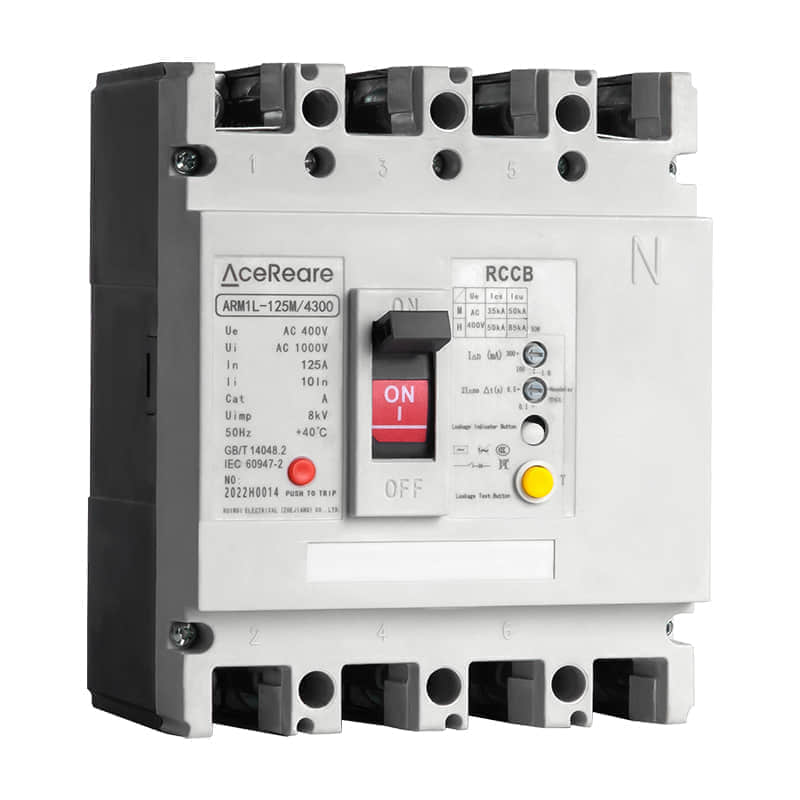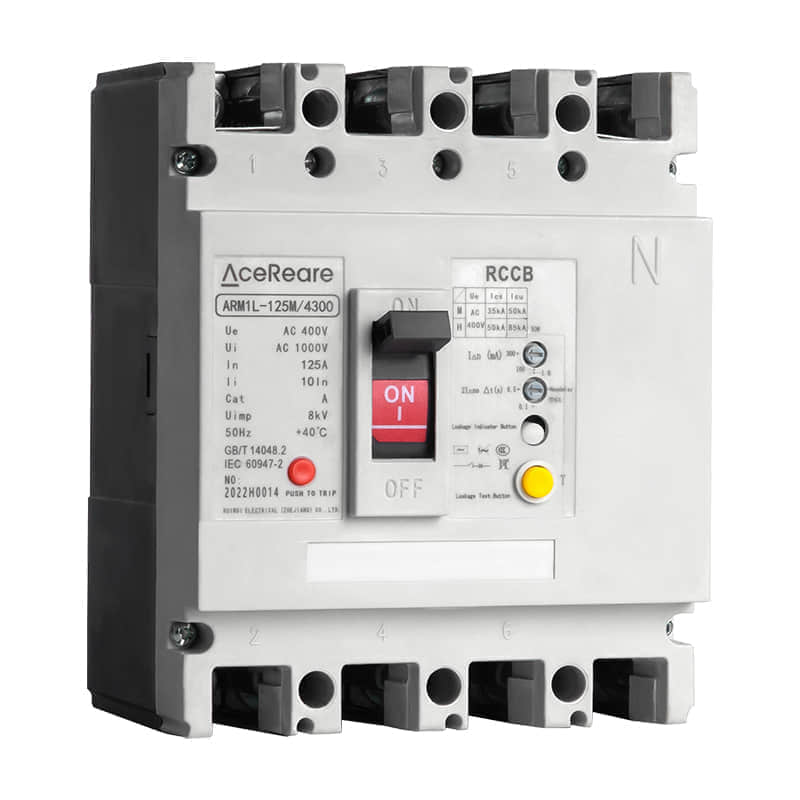Residual Current Circuit Breakers (RCCBs) are a critical element in ensuring electrical safety in homes, offices, and industrial settings. These devices play a pivotal role in safeguarding against electric shocks and fires by detecting and interrupting abnormal electrical currents. In this article, we will delve into the world of RCCBs, exploring their functionality, types, and importance in modern electrical systems.

What is an RCCB?

An RCCB, also known as a residual current device (RCD), is an electrical device designed to protect against electric shock and fire hazards caused by ground faults or leakage currents. Ground faults can occur when current flows through unintended paths, such as a person’s body, water, or other conductive materials, rather than following the intended circuit path. RCCBs are engineered to detect these imbalances in current and swiftly disconnect the circuit to prevent accidents. How Does an RCCB Work? The basic operation of an RCCB relies on the principle of monitoring the current balance between the live (phase) and neutral conductors of an electrical circuit. Under normal conditions, the currents in these conductors should be equal, resulting in a net current of zero. However, when a ground fault occurs, some of the current may leak to the ground or other unintended paths. The RCCB continuously measures the difference between the current flowing in the live and neutral conductors. If this difference exceeds a predetermined threshold, typically 30 milliamperes (mA), the RCCB trips, cutting off the power supply within milliseconds. This rapid response prevents electric shocks and the risk of fire. Types of RCCBs RCCBs come in various types to suit different applications and environments: Type AC RCCBs:These are the most common type and are suitable for general purposes. They are sensitive to both sinusoidal and pulsating AC residual currents. Type A RCCBs:Type A RCCBs are more versatile, as they can detect both AC and DC residual currents. They are commonly used in industrial and specialized applications. Type B RCCBs:These are the most sensitive RCCBs and can detect very low-level AC and DC residual currents. They are essential in environments with highly sensitive equipment. Selective RCCBs:Selective RCCBs are designed to work together with other circuit protection devices, such as circuit breakers and fuses, to ensure selective disconnection in case of a fault, allowing the unaffected parts of the installation to continue operating. Importance of RCCBs RCCBs are a vital component of electrical safety for several reasons: Protection Against Electric Shocks:RCCBs can swiftly disconnect the power supply when they detect a ground fault, preventing potentially lethal electric shocks. Fire Prevention:By interrupting abnormal currents, RCCBs help prevent electrical fires that can result from overheating due to faulty wiring or equipment. Equipment Protection:In industrial settings, RCCBs safeguard sensitive electronic equipment from damage caused by ground faults. Compliance with Regulations:Many electrical codes and regulations mandate the use of RCCBs in residential and commercial buildings to ensure safety and code compliance. Peace of Mind:Knowing that an RCCB is in place provides peace of mind to occupants, knowing that their electrical systems are equipped with an added layer of safety. In conclusion, RCCBs are a crucial component of electrical systems, serving as a first line of defense against electric shock and fire hazards. Their ability to detect and respond to ground faults swiftly makes them an indispensable device in both residential and industrial settings. Regular testing and maintenance of RCCBs are essential to ensure their continued reliability in safeguarding lives and property. With RCCBs in place, we can enjoy the benefits of electricity with confidence, knowing that safety is a top priority.
